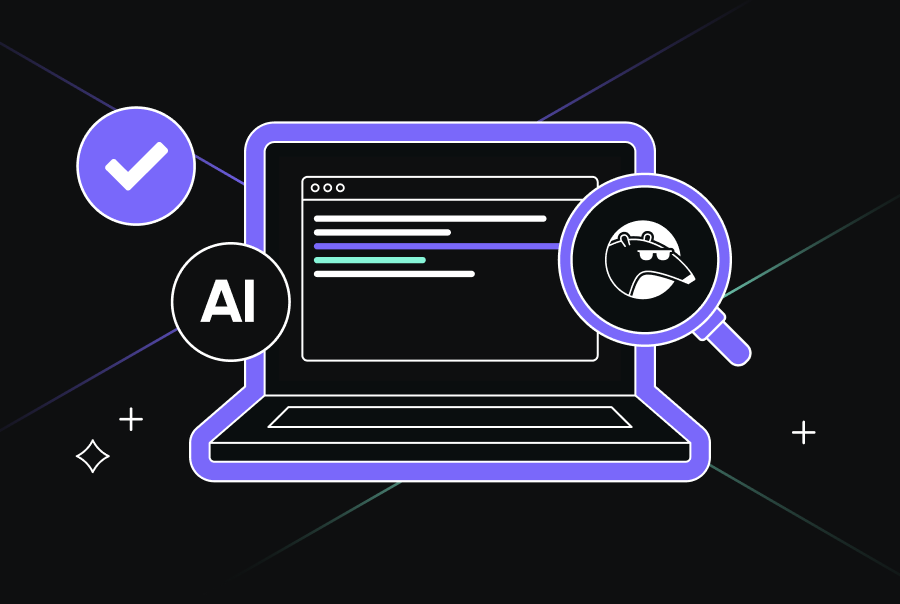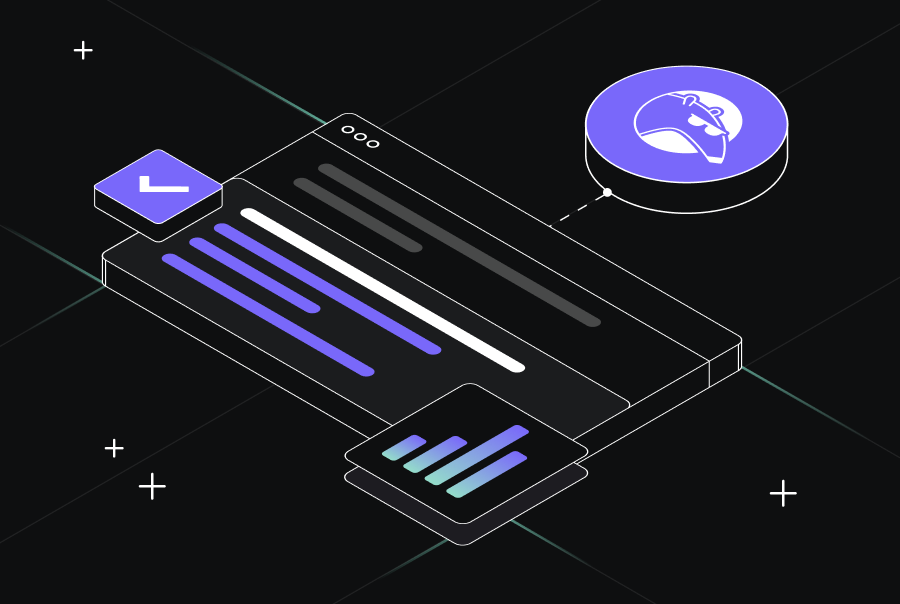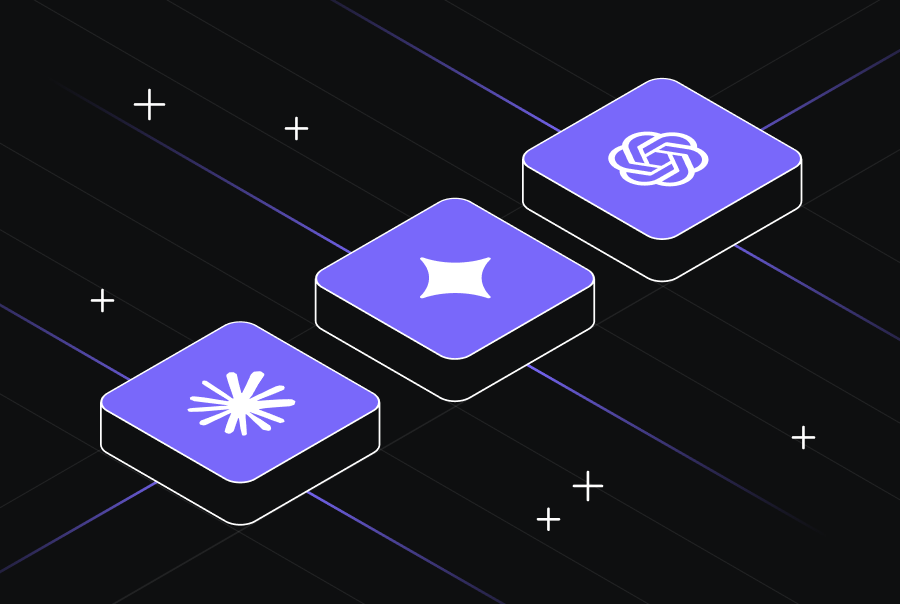SOC 2 Compliance Guide


What is SOC 2 compliance?
SOC 2 (System and Organization Controls 2) compliance, developed by the American Institute of CPAs (AICPA). SOC 2 compliance is not a government-mandated or regulatory obligation in the sense of a legal requirement imposed by a governmental body. Instead, it is a voluntary standard developed to help service organizations ensure the security, availability, processing integrity, confidentiality, and privacy of customer data. While SOC 2 compliance is not a legal requirement, it has become an essential and widely recognized framework, especially in the technology and service industries. Many organizations voluntarily pursue SOC 2 compliance to demonstrate their commitment to robust data security practices and to build trust with customers, partners, and other stakeholders.
Core Principles and Compliance Process:
SOC 2 compliance orbits around five foundational trust principles: security, availability, processing integrity, confidentiality, and privacy. The journey towards compliance necessitates organizations to showcase the implementation of robust controls and processes harmonized with these principles. A SOC 2 audit, executed by an impartial third-party auditor, scrutinizes an organization’s controls and processes, culminating in the issuance of a detailed compliance report.
Comprehensive SOC 2 Compliance Checklist for the Software Development Lifecycle (SDLC):
1. Secure Coding Practices: The incorporation of secure coding practices, encompassing input validation, output encoding, access control, and error handling, forms the bedrock of compliance.
2. Change Management: The establishment of a well-defined change management process, inclusive of testing, peer review, and code change approval, safeguards the integrity of the software development lifecycle.
3. Vulnerability Management: A formal vulnerability management program, spanning regular scans, penetration testing, and systematic procedures for addressing identified vulnerabilities, serves as a bulwark against potential threats.
4. Access Controls: The implementation of robust access controls, featuring authentication, authorization controls, and vigilant monitoring of access, fortifies the security perimeter.
5. Data Security: Implementation of comprehensive measures for data security, covering encryption of sensitive data, access controls, and vigilant monitoring of data access and changes, is indispensable.
Strategic Automation of SOC 2 Compliance Requirements:
1. Facilitating Secure Coding Practices:
Tools: The implementation of advanced tools like qodo’s (formerly Codium) IDE extentions and Snyk becomes a cornerstone in facilitating secure coding practices for SOC 2 compliance.
Benefits: qodo’s (formerly Codium) IDE extentions, for example, serves as a comprehensive platform for code integrity and analysis. It delves into the codebase, generates unit tests and code suggestions, identifying vulnerabilities, bugs, and code smells. The tool provides a detailed code behavior-coverage report, offering valuable insights into areas that require additional testing. qodo (formerly Codium) seamlessly integrates with popular development environments and source code management tools, automating code integrity as an integral part of the development workflow. Similarly, Snyk plays a pivotal role in identifying vulnerabilities by scanning code and open-source dependencies. Its continuous monitoring capability facilitates the swift identification and remediation of vulnerabilities, ensuring a proactive approach to security.
2. Automating Change Management:
Tool: Qodo Merge and Keypup’s Dashboard automates change management for SOC 2 compliance.
Benefits: Qodo Merge facilitates SOC 2 compliance automation by offering a suite of tools that streamline code review, documentation, and change management processes. The ‘/describe’ and ‘/review’ tools automate the generation of comprehensive pull request descriptions and assessments, ensuring adherence to SOC 2 principles. The ‘/ask’ and ‘/improve’ tools support transparent communication and code quality improvement, contributing to security and processing integrity. Automation of the CHANGELOG.md file through ‘/update_changelog’ aligns with SOC 2’s demand for accurate versioning and historical record-keeping. Additionally, tools like ‘/similar_issue’, ‘/add_docs’, and ‘/generate_labels’ enhance change management by identifying historical issues, suggesting documentation, and categorizing changes. Overall, Qodo Merge capabilities provide an automated framework for maintaining code quality, documentation, and change controls, essential elements for SOC 2 compliance. qodo’s (formerly Codium) IDE extensions specializes in automatic test generation, ensuring correct implementation of changes.
Keypup’s solution streamlines compliance workflows by providing automated tracking and reporting capabilities. In real time, it tracks the compliance status of pull requests (PRs) and projects, reducing the need for manual tracking and reporting. The dashboard offers instant visibility into the compliance status of all PRs and projects, allowing for quick identification and resolution of compliance issues.
3. Vulnerability Management Softwares:
Tools: For vulnerability management, tools such as Trivy or Detectify offer automated and efficient ways to identify and address vulnerabilities.
Benefits: These tools bring automation to the forefront by scanning environments, including cloud and Kubernetes clusters, to pinpoint potential vulnerabilities such as misconfigurations, outdated software versions, and known security risks. The automation extends to prioritizing identified risks based on their severity and impact on an organization’s security and data privacy. Automating vulnerability management not only expedites the process of identifying and addressing vulnerabilities but also provides valuable insights and recommendations to enhance overall security posture, ensuring compliance with SOC 2 requirements.
4. Multi-Layer Access Control Management:
Tools: Identity and access management (IAM) solutions like ForgeRock, Okta, GCP IAM, AWS IAM, or Azure IAM simplify the intricate process of managing access controls for SOC 2 compliance.
Benefits: These IAM solutions provide centralized authentication and authorization processes, facilitating efficient management of user identities and monitoring user access to resources. Features such as multi-factor authentication (MFA), single sign-on (SSO), and password management contribute to meeting access control requirements under SOC 2. While these solutions offer robust capabilities, early-stage startups or resource-constrained organizations can embark on access control management by conducting a thorough access control review. By developing an access control policy, defining access control objectives and procedures, and establishing processes for granting and revoking access, organizations can achieve effective access controls without the need for advanced IAM solutions.
5. Data Security Enhancement:
Tools: Data protection solutions such as Zscaler, Palo Alto, or GCP Data Loss Prevention play a crucial role in enhancing data security for SOC 2 compliance.
Benefits: These tools ensure secure data transfer through encrypted channels, minimizing the risk of data loss or theft during transmission. Real-time monitoring of network traffic and data usage enables the swift identification and response to suspicious activities. Advanced threat protection technologies, including machine learning and behavioral analysis, contribute to identifying and blocking potential threats. Additionally, data loss prevention measures such as encryption of sensitive data, access controls, and monitoring of data movement prevent unauthorized access and data exfiltration. By implementing these data protection solutions, organizations not only strengthen their data security posture but also align with stringent data protection regulations, a critical aspect of SOC 2 compliance.
Extensive Benefits of Automation:
Time Efficiency: Automation significantly reduces the time and effort required for audit preparation, enabling organizations to focus more on strategic priorities. The streamlined and expedited processes contribute to a more efficient workflow, allowing teams to allocate time and resources strategically.
Quality Improvement: Automation not only ensures compliance but also contributes to the overall enhancement of software development processes and codebase integrity. By removing the variability associated with manual processes, automation establishes a consistent and standardized approach. This consistency extends to code reviews, testing procedures, and other critical aspects of the development lifecycle, fostering a culture of continuous improvement without the limitations of human constraints.
Risk Mitigation: Automation serves as a robust shield against potential vulnerabilities, ensuring a proactive approach to security. By consistently applying security measures and compliance checks throughout the development lifecycle, organizations can identify and address risks promptly. This proactive stance minimizes the likelihood of security breaches and fortifies the organization against emerging threats.
A Holistic Perspective on Achieving SOC 2 Compliance:
Beyond the regulatory framework, SOC 2 compliance becomes an opportunity for organizations to elevate their standards, fortify security postures, and ensure a seamless customer experience. By adopting a strategic approach to automation and leveraging tools tailored to each compliance facet, organizations not only navigate the complexities of SOC 2 with confidence but also emerge with fortified software development practices. Qodo Merge and IDE extentions, alongside other recommended tools, serves as a compass guiding organizations towards a more efficient and effective SOC 2 compliance journey. qodo (formerly Codium) believes in embracing the journey, not as a mere obligation, but as a transformative process that enhances both security and software development excellence.



